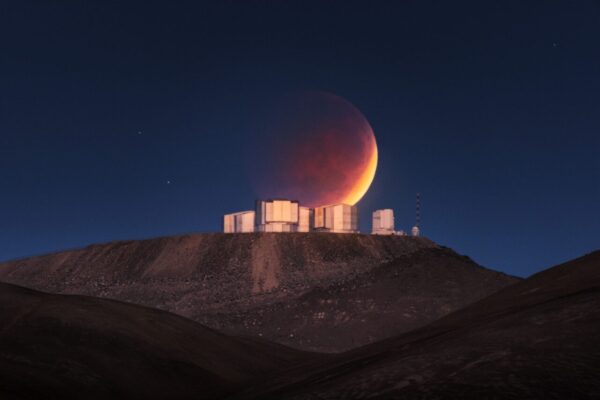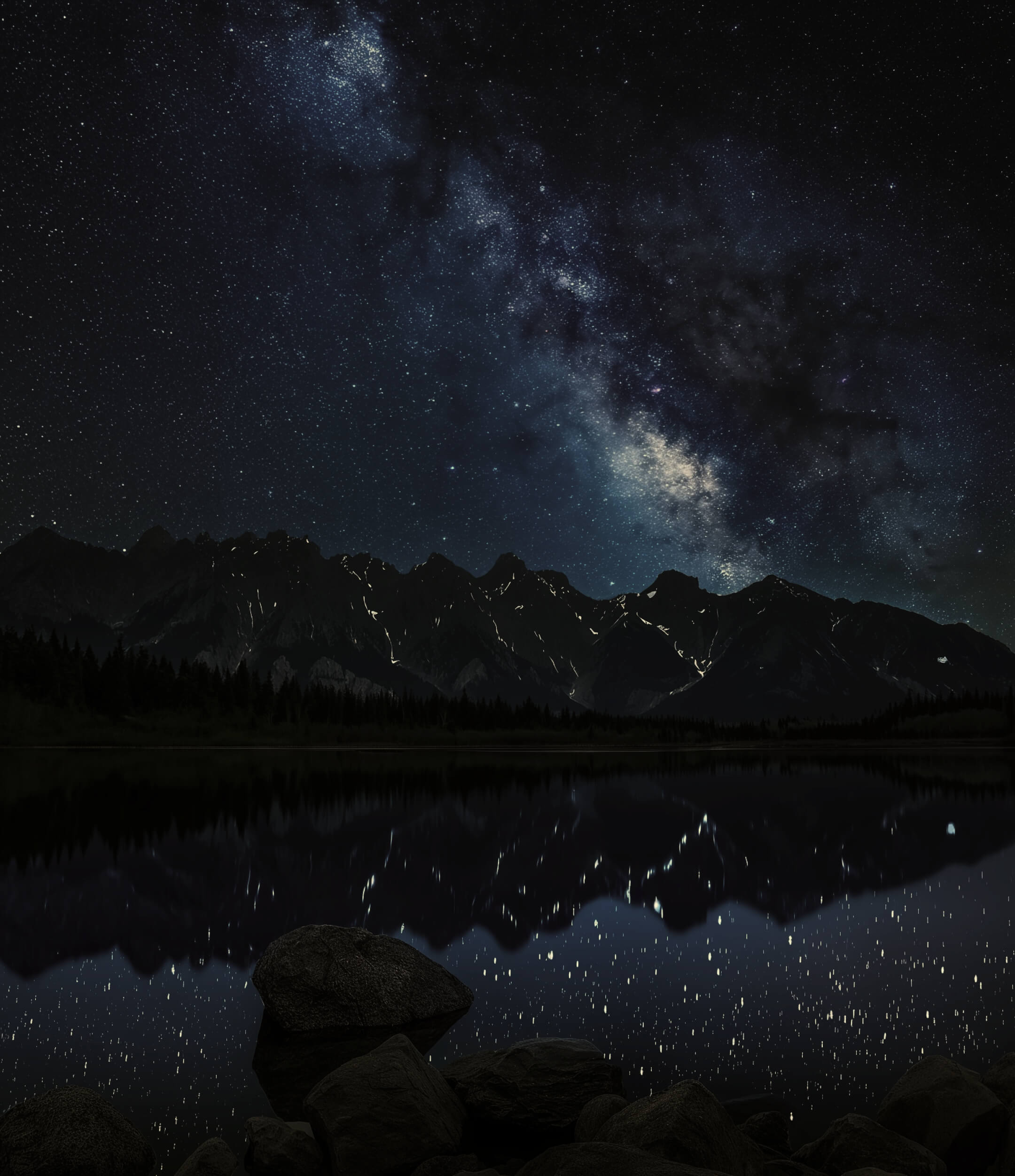Study reveals lack of information on light impact in projects submitted to the SEIA in astronomical areas


Posteado
Cielos Chile
schedule Thursday 25 de September
- Fundación Cielos de Chile reviewed more than 100 industrial projects submitted to the Environmental Impact Assessment System (SEIA) and developed in one of the 29 municipalities in northern Chile declared as protected areas for scientific astronomical activity carried out in the area.
- The report concludes that none of the projects submitted an Environmental Impact Assessment for their light pollution.
Since October 2023, new industrial projects seeking to locate in municipalities declared areas of interest for astronomical research must demonstrate the susceptibility of these areas to light pollution. And in the event of generating light pollution, they must enter the Environmental Impact Assessment System (SEIA in Spanish) through an Environmental Impact Study (EIA in Spanish).
A report by the Cielos de Chile Foundation reviewed 118 projects submitted in the 29 municipalities of the Antofagasta, Atacama, and Coquimbo regions that were declared Areas of Scientific and Research Value for Astronomical Observation by the Ministry of Science and that entered the SEIA between October 18, 2023—the date of publication of the New Lighting Standard—and June 30, 2025.
The study concluded that none of the projects submitted an Environmental Impact Assessment for their light pollution, “which implies that the mechanism is not protecting the quality of the night sky in these areas,” the document emphasizes.
Absence of lighting replacement plans
The projects analyzed are predominantly mining, energy, and electrical transmission projects, and most of them are located in “nearby” municipalities, which are those located less than 100 km from an astronomical site, as opposed to “distant” municipalities, which are located 100 km or more from the astronomical sites that define that area.
Of the total number of projects analyzed, 80 (68%) are or will be located in a nearby municipality.
Daniela González, executive director of the Cielos de Chile Foundation, explains that “the lighting regulation establishes that projects in areas of astronomical value must replace their lighting fixtures before October 2029 if they are located in nearby municipalities. Despite this, none of the projects located in any of these municipalities mention their replacement plan, arguing in many cases that they will not add new lighting fixtures.”
The municipalities with the highest number of projects reviewed are Antofagasta, with 15, and Taltal, with 14. The first is home to the Extreme Large Telescope (ELT) construction site and the second to the Paranal Observatory.
“By 2030, Chile is expected to account for 60% of the world’s astronomical observation capacity. The world’s leading research centers have made significant investments in northern Chile. It is essential to protect the dark skies in this area in order to safeguard this activity, which contributes to the formation of advanced human capital in the country and generates research that benefits all of humanity,” emphasizes Daniela González.
The main gaps in the information
According to the study, 81% of the projects reviewed include the luminosity component in their background information. However, 67% do not correctly define their area of influence. According to the report, the dimensions that should be included in EIAs are the extent, magnitude, and duration of the impact that the project could have on the night skies and how far the artificial brightness they emit could reach.
“Most projects include references to lighting regulations, but there is a diversity in the level of detail provided. It is common to find general references to regulatory compliance without an adequate definition of the area of influence in accordance with the guidelines established by the Environmental Assessment Service (SEA in Spanish),” explains Daniela González.
Of the 118 projects reviewed, 26 (22%) were approved during the period analyzed, meaning they have a favorable Environmental Qualification Resolution (RCA in Spanish).
However, she adds, “only two of these 26 projects defined an area of light influence and only one correctly applied the SEA guidelines, which means that most of the approved projects have been given the green light to be built and operated without fully knowing what their impact will be in terms of light.”
Another information gap has to do with the hours during which the lights will be on. A large number of projects claim that they will not generate light pollution, as they will not have night shifts and will only use lighting in specific cases when necessary.
“However, they do not specify in which cases they will use the lights, for how long, in which sectors, or what type of bulbs they will use,” warns González.
Aspects that urgently need improvement
“This report shows us that the incorporation of the light variable into environmental assessment is in the process of consolidation, but greater precision is still required to protect the night skies in this key area,” says the executive director of the Cielos de Chile Foundation.
In this vein, the report suggests measures to improve the mechanisms for measuring the possible impacts on the night sky, calling for the creation of documents through the SEA that allow for the unification of evaluation criteria, as well as specific methodologies to quantify the possible impact on sky quality in astronomical areas.
“To this end, one of the proposals we are promoting at the Cielos de Chile Foundation is to move towards the definition of a secondary standard for dark sky quality,” concludes Daniela González.

Subscribe to our newsletter
Receive relevant information about the skies of Chile every month
